15 Key SaaS Metrics That Every Business Should Care About
If you don’t build a data-driven process in your business, you’re going to lose money hand over fist and waste a lot of time. In case you have a data-driven process, the data still doesn’t support you deferring to the data.
It’s very important to understand your Saas metrics and use the data as a tool or Saas development. However, if you’re not using Saas data in the right way, you may lose your opportunities.
In this article, we’re glad to introduce to you 15 Key Saas Metrics That Every Business Should Care About.
Let’s get into the details now!
What is SaaS (software as a service?)
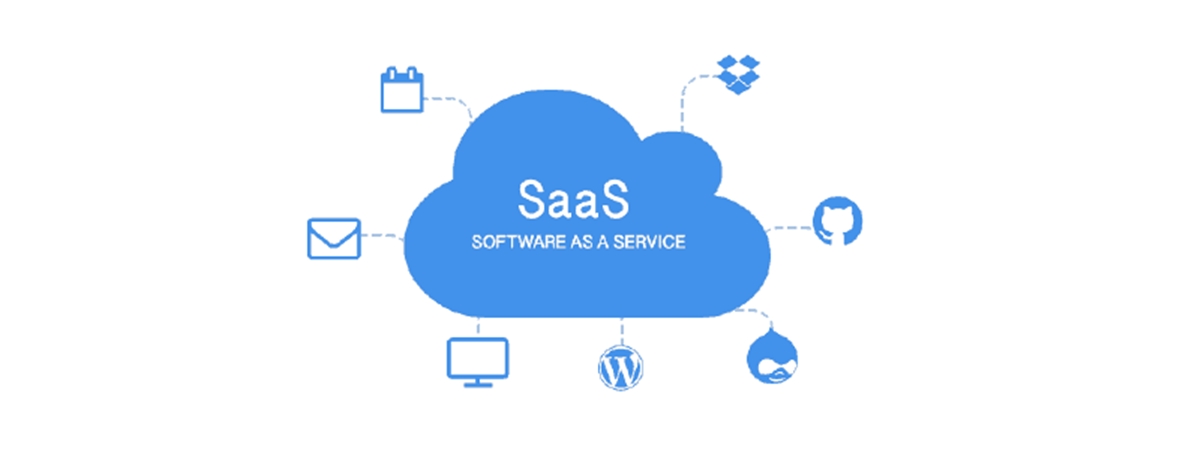
Software as a service (Saas) is a method of software delivery that enables access to data from any device only with an Internet connection and a web browser. In the cloud-based model, software providers store and maintain the servers, databases, and the code that creates an application.
This web-based model is so popular that over 60% of software finders who call Software Advice only want web-based goods - less than 2% require on-premise software.
What makes SaaS metrics so important?

SaaS success is one giant formula
Saas is considered an industry. It’s great that the success of Saas originates from one giant formula that every subscription company is following. This success is predicted on growing a wonderful product, gating that item in some ways via a paywall, and maintaining those clients that go through the paywall around for so long as possible through continued usage.
It’s certainly fairly complicated to put that formula into practice, but all changes and product optimization hinge on that playbook. Will a feature boost lifetime value? Will a greater value proposition decrease customer acquisition cost? Defining the answers to those questions and repeating to drive those metrics in the right way is what Saas is about and what simplifies the subscription economy to develop in relative to other verticals. In other words, each metric becomes a fulcrum that helps you go to your decision.
“If you can not measure it, you can not improve it”
Those decisions become simpler as goals ask for the right data to define progress towards success or failure. Not running a formal metric process or tracking your metrics means that you do not know where you have been or where you are going to. It’s clear. However, a lot of organizations mix up “goal setting and tracking” by attempting to optimize the incorrect metrics or optimize in a reactive form.
Let’s take MRR for example. It seems to be a great idea for the main focus when growing MRR every month, but what if that MRR is leading to a high customer acquisition cost? You have to ensure that you’re tracking the correct metrics while knowing which other metrics feed into those metrics. That’s where you can find true success or failure. In addition, the positive thing about this is that you arrange your team around where the company needs to go.
Types of SaaS metrics
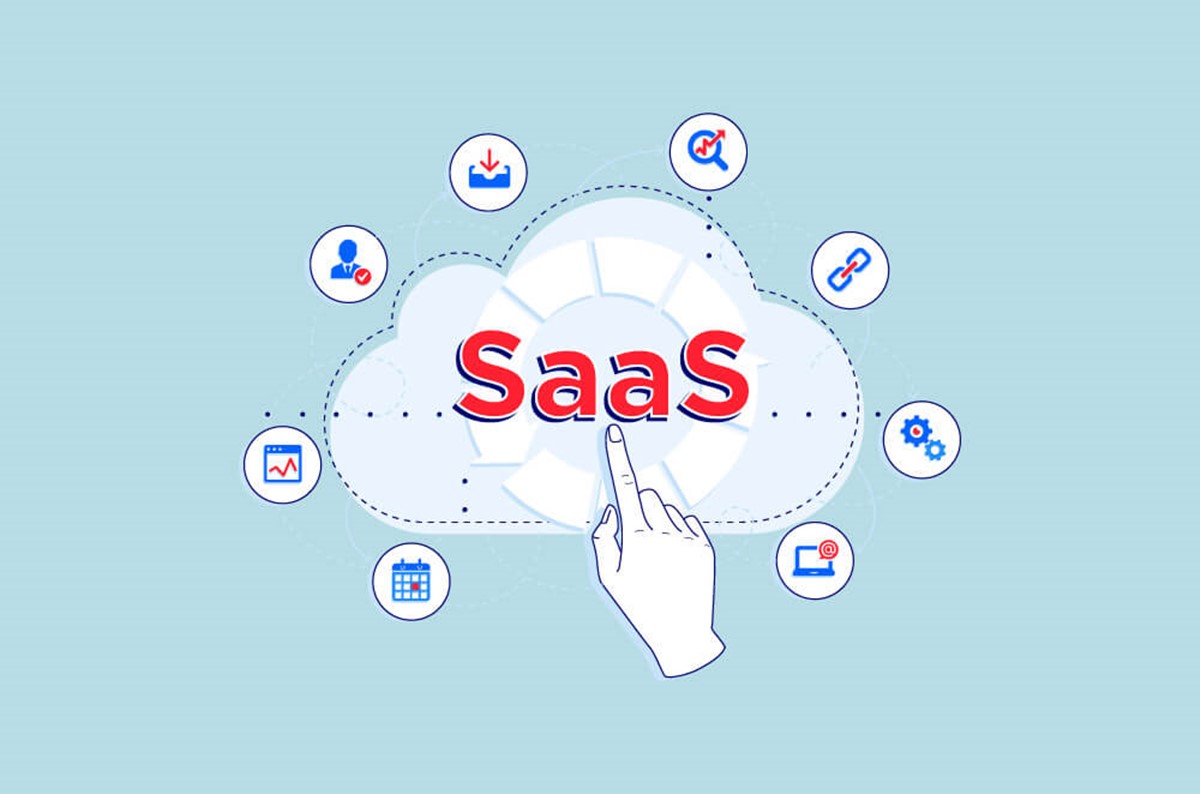
SaaS growth metrics

Growth metrics are created to analyze the motivation of your business as a whole: your ability to develop and continue developing.
When combining aspects of sales, marketing, and client success, these metrics will clearly show your overall performance in a few figures (so they often become an important part of any investor’s diligence).
Knowing these Saas metrics will assist you in:
Understanding how your business is growing and where performance can be boosted.
Forming a dashboard of at-a-glance Saas metrics to maintain your organization’s health and optimize performance.
Conveying the value of your developing business to future investors.
SaaS marketing metrics

Quick, large-scale customer acquisition is a priority condition for development, and these marketing metrics - Saas metrics are created to make you understand and increase your ability to find new visitors, leads and clients.
Along with offering insight into customer acquisition, these Saas metrics also help define the quality of your potential customers. Above all, sales and Saas marketing should not exist in different silos, and site visitors and leads will become meaningless if they don’t convert into paying clients.
With both functions playing a significant role in achieving development, it’s essential to select metrics that cover both camps.
SaaS sales metrics
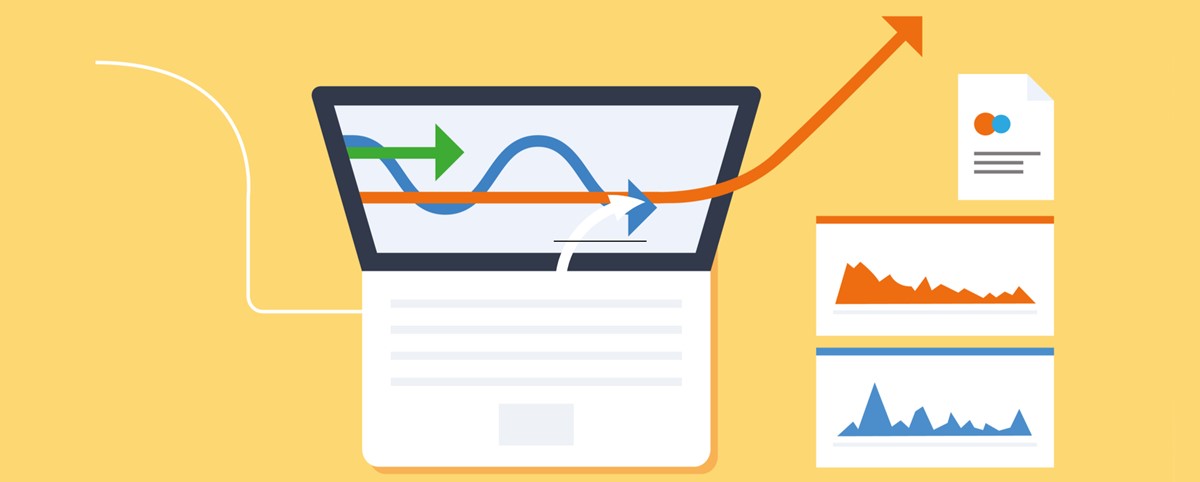
No matter how “sticky” or “viral” your app is, sales processes become extremely important in maintaining the development of your Saas business.
The Saas sales metrics assist you in determining everything, from the effectiveness of your sales department to the validity of your pricing model. Besides, they’ll provide necessary insight into your clients in terms of their expected lifespan, profit, and value.
Crucially, there’s more to expanding a Saas business than achieving customers: you need to have the correct types of customers.
SaaS customer success metrics
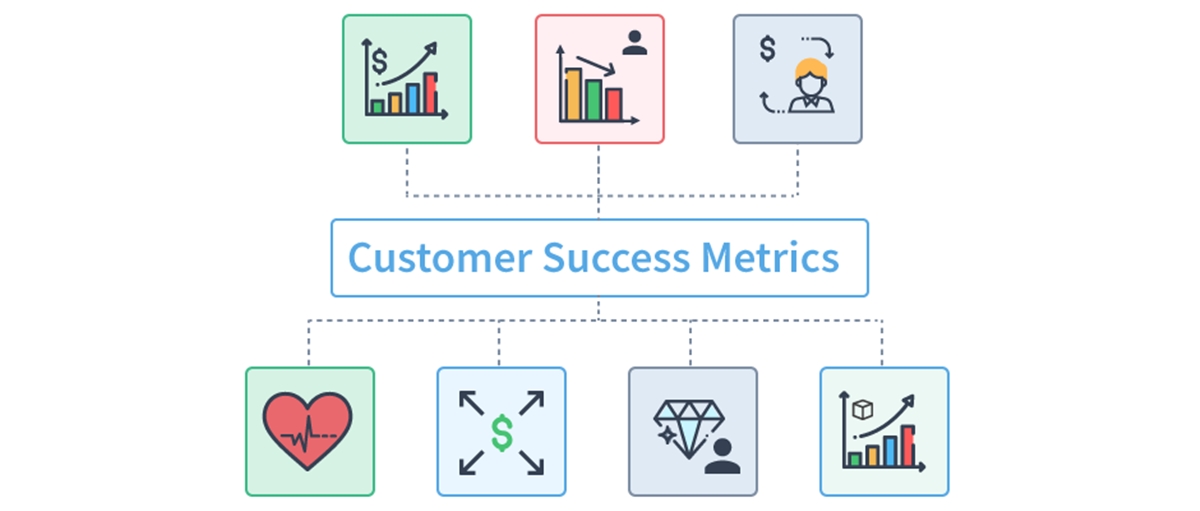
It can be said that customer acquisition may like the be-all and end-all for startups with low growth. However, the larger you get, the harder it is to keep the same increasing development rates.
Customer acquisition only is not enough to maintain your development, and when you begin to get traction, it’s important for your priority to change. Rather than continuing to fixate on your sales and marketing campaigns, it’s about time to concentrate on Customer Success: bolstering development through the retention and upgrading of your current clients.
These Saas metrics are created to understand customer behavior - how and why they join in your organization - enabling you to increase the value that your organization brings to its customers, and consequently raise your revenue.
Key SaaS metrics that all companies should care about
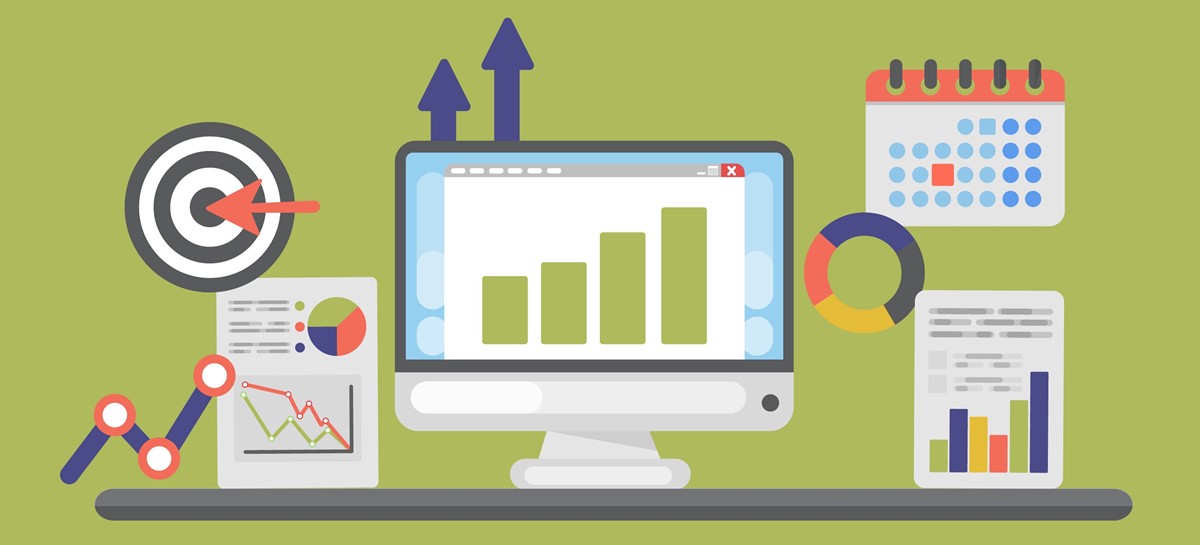
Customer Churn rate

If your aim is to drive customers, it’s crucial to maintain your current ones.
The customer churn rate identifies how much business you lose in a given period of time. It’s one of the most significant metrics in tracking the daily health of your business. While churn is a reality, you can save your business from disaster by tracking it.
Churn can provide a better understanding of customer retention by giving specific insight into behavior across certain dates or periods of time.
Because the majority of Saas businesses are based on yearly subscriptions, maintaining customers is as essential as gaining new ones. When tracking churn monthly or quarterly, make sure that you dive deeper than just the customer count. Indicating the personas of these churned clients and the industries can help understand the reason why they failed to refresh. It can be careful to talk about this information across departments which include sales, marketing and customer success.
Revenue Churn

It’s crucial to measure revenue churn with customer churn to evaluate the outside effect some clients may have over others. If subscription price fluctuates based on the number of seats or users a customer pays for, the customer churn rate might be much more different than the churn rate if some clients create more revenue than others.
Make sure that you measure both customer and revenue churn so that you’ll not be surprised when you report on a monthly or quarterly basis on your overall figures.
Customer Lifetime Value
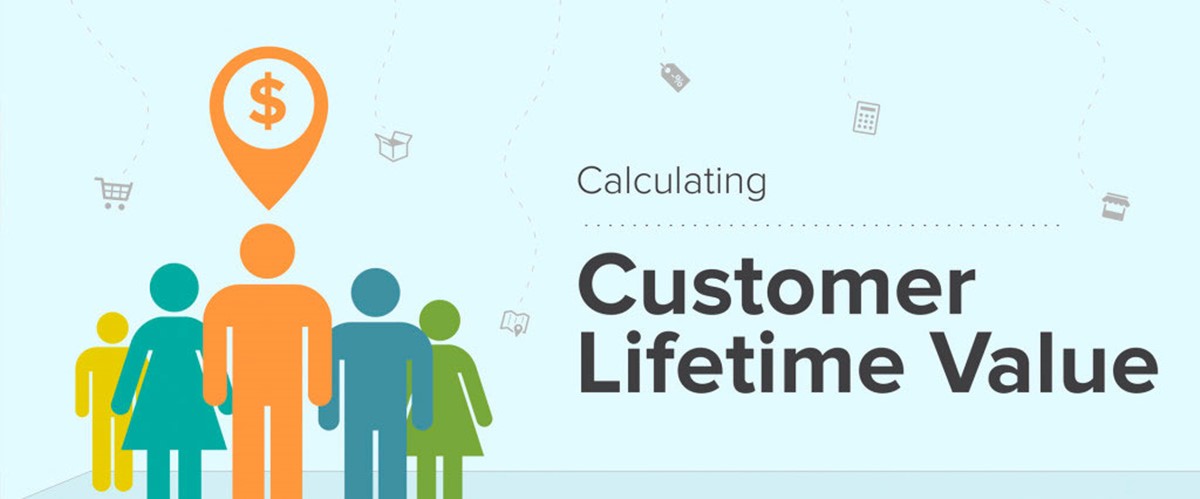
Customer lifetime value (CLV) is how much money on average that your clients pay during their engagement with your organization. The metrics show you the description of your development and can be clear in three steps:
Identify your customer lifetime rate by dividing the number 1 by your customer churn rate. For instance, if your churn rate monthly is 1%, at that time your customer lifetime would be 100 (1/0.01 = 100)
Identify your average revenue per account (ARPA) by dividing sum revenue by the total quantity of clients (100). If your revenue was $200,000, your ARPA would be $2000 ($200,000/100 = $2,000).
Lastly, identify your CLV by multiplying customer lifetime by ARPA. At that time, your CLV would be $200,000 ($2,000 x 100 = $200,000).
CLV indicates what your average customer is worth. For startups, it can show the value of your business to investors. As mentioned before, the majority of Saas businesses choose subscription-based models. Every renewal brings another year of recurring revenue, then raising the lifetime value per customer as a result.
Customer Acquisition Cost (CAC)
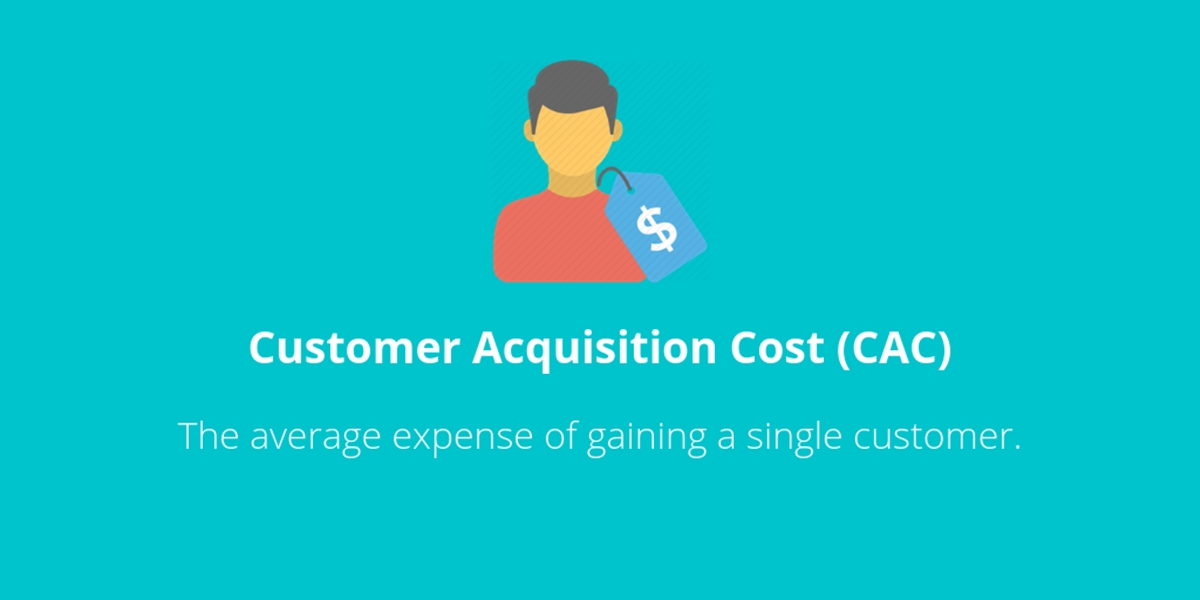
Customer acquisition cost (CAC) indicates the exact amount of money to gain new customers and how much value they contribute to your business. When mixed with CLV, this metric can allow companies to make sure that their business model is applicable.
Find CAC by dividing your total sales and marketing spend (including personnel) by the total quantity of new clients you gain during a specific time period. For instance, if you spend $200,000 a month, and you gained 100 new clients, your CAC would be $2,000.
New companies should mainly concentrate on customer acquisition. Fully quantified CAC rates enable companies to control their development and exactly evaluate the value of their acquisition process.
CLV-to-CAC Ratio
CLV-to-CAC indicates the lifetime value of your clients and the total volume of what you spend to gain them - in a single metric. This metric shows the health of your marketing plan, so you can focus on programs that are effective or change strategies that aren’t.
It’s simple to calculate your CLV-to-CAC by comparing your CLV and CAC. In general, a healthy organization should have a CLV that is minimum three times higher than its CAC. Any lower and you’re wasting a lot of money. If the ratio is higher and you’re spending too little and possibly miss out on business.
Customer Engagement Score
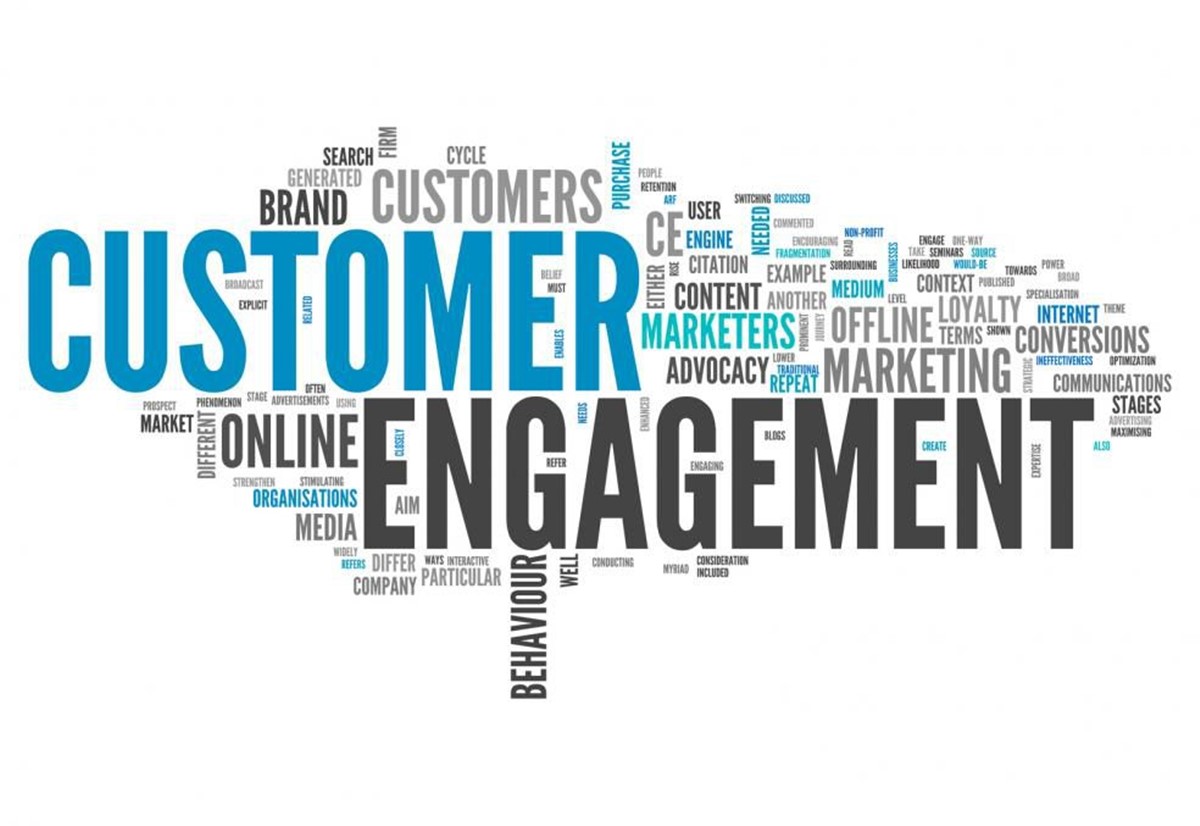
A customer engagement score can show you how engaged a customer is - what is the frequency of their logging in, why they are using your software, and other metrics that tell the possibility they will or will not churn.
As if they’re using your software day by day, or several times per day, it will be more difficult for them to decide on ending a subscription to a part of their everyday routine. Is that right?
The customer engagement score of every company will not be the same. It’s based on the way a user uses your software. To find your own customer engagement score, make a list of inputs that foretell the happiness and longevity of a client - by beginning with looking for your happiest and long-lasting customers. Do they sign in the service day by day? Do they have usage milestones in a given time period?
When you already have your list of inputs and value assignments, relying on how important they are to customer loyalty, it’s possible to find out an engagement score across the board for your clients, so that you can simply gauge customer health with one data point.
Customer Health Score

Like customer engagement score, your organization should have a score that allows front-line customer success managers to foretell the lastingness of a customer in relationship with your company - and if it’s at risk.
In order to build and maintain a customer base, it’s essential to utilize a customer service tool that involves predictive analysis. This is because as a customer wants to remove their subscription, it’s too late. If you would like to prevent customers from churning, you have to utilize data to work actively to stop it.
Therefore, customer health scoring, which assigns various values to various signals of client loyalty or churn, enables your staff to have an overview of their customers’ activities. Hence, they can contact customers who probably churn by using educational resources and additional help.
Lead-to-Customer rate
This metric indicates how you create sales-ready potential customers and improve over time. It displays the average number of leads who become paying clients. That means it indicates if your sales process and lead-retention plans are effective or not.
It’s super easy to measure the lead-to-customer rate. Choose your total quantity of clients for any specific month, divide it by the total quantity of leads, then multiply that figure by 100. For instance, ten clients in a month with 1,000 leads would lead to a 1% lead-to-customer rate.
One of the most suitable ways to collect these data is to implement closed-loop reporting. When you integrate your customer relationship management software with AVADA, every time a deal is gained, that contact is saved as a customer in AVADA reports. Understanding how different clients close, you’ll have unique data into which strategies were the most effective and into common activity across all clients. Plus, this will make it easier to build new marketing programs throughout the year.
Lead by Lifecycle rate
A typical lead is a prospect who’s beginning to conduct his or her research. Nevertheless, classifying leads into subcategories will show exactly the step they are in the purchasing process.
Marketing qualified lead (MQL): A prospect who has done extra research work, including downloading ebooks and getting back to your site.
Sales qualified lead (SOL): A lead who has stepped beyond the early research stage, is most probably evaluating providers. This person is worth a direct sales follow up.
The sales process or Saas product can fluctuate anywhere from several days to a year. Understanding your lead qualification terms (lead, MQL, SQL) will show where leads may get trapped in the funnel. Because the research is mostly conducted by the prospect, it’s his or her decision to step further and ask for a demo or a free trial. So marketers should calculate leads both as an overall metric and every month per lifecycle stage. That provides you a good insight into lead-retention chances and instruct sales follow-ups in an appropriate way.
Net Promoter Score
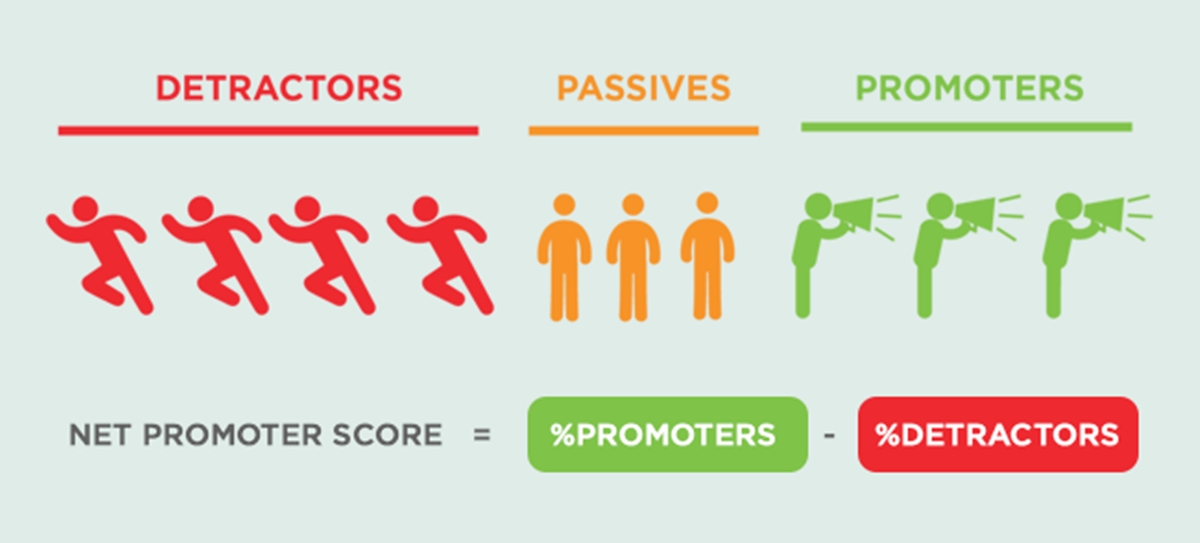
Net promoter score (NPS) rating shows the performance of your business depending on the customer’s eyes. While all other metrics we talked about are based on internal benchmarks, NPS indicates your exact position as value creator in the client’s eyes.
With this metric, all organizations can classify their customers into three groups - promoters, passives and detractors. You can do this division depending on a question “How possibly are they to recommend you to a friend?” Those who give you 9 or 10 on the scale of 0 to 10 will be promoters. Those who score you 8 or 7 will be passives. 6 and below will be detractors.
In order to find out the net promoter score, you have to subtract the detractor percentage from the percentage of promoters. You don’t need care about passives as their response is unclear.
Your net promoter score shows the likeability of your products. A number of people probably recommending also tell that you’ll have to focus less on acquisition as you might achieve new clients from referrals.
It’s crucial to form some questions for customers to gain more out of your NPS score. It’s possible to ask them why they give you the rating on NPS scale. You also can question them to see what they like about your product. Thanks to this feedback, you can understand the pros and cons of your products.
To improve NPS, it’s important to incentivize feedback from customers. Stimulate customers to write positive comments about your product. If a KOL, for instance, is using your product, ask him to write a review on his blog and share it on social media.
Payback Period
The payback period is a period that an organization can recover its investment above or reach the break-even point.
Take an example. If company X spends $500,000 and is planned to earn $250,000 the first year and $350,000 the next year, the payback period would be about one year and a half time frame.
Payback period will provide you the first impression of the amount of the risk that the organization may encounter.
If the payback period is short, the company will likely become cash flow positive. This should be well-planned to get back the investment as quickly as possible.
Monthly Recurring Revenue
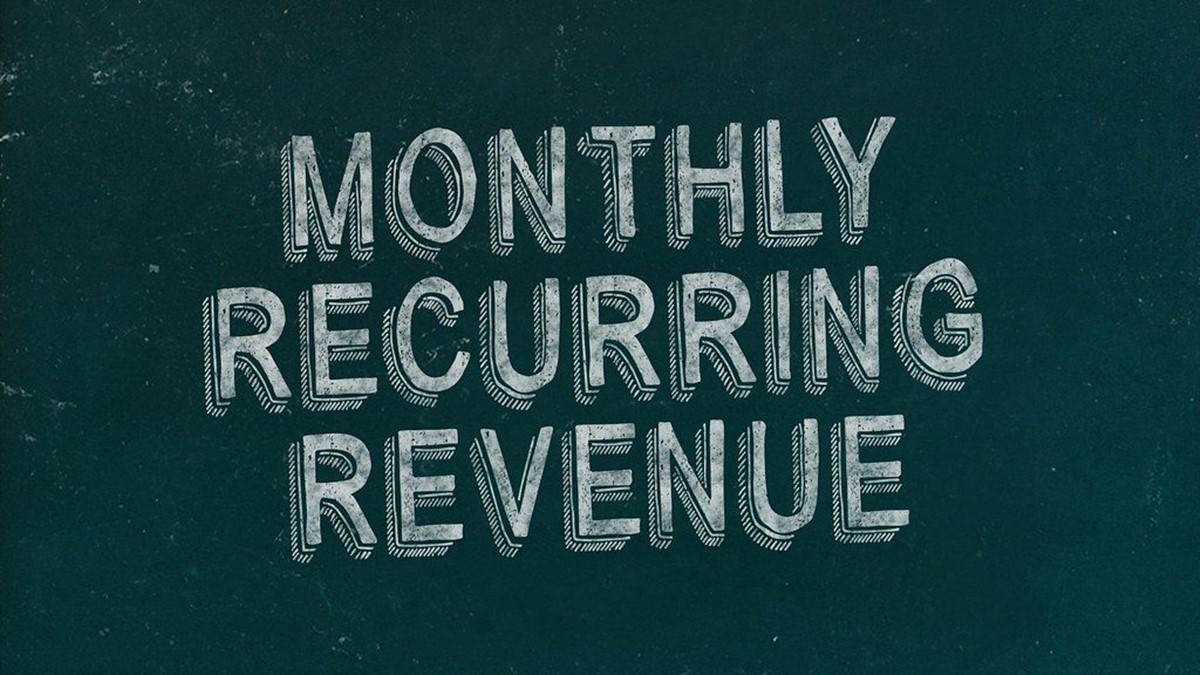
Monthly recurring revenue (MRR) can be understood to be the income that businesses are certain of gaining per month.
In order to measure MRR, multiply the total quantity of paying customers by the average revenue gained per customer. To track your performance on the metric, it’s essential to classify into three sub-metrics - New MRR, Expansion MRR, and Churn MRR.
New MRR is the revenue from new users every month.
Expansion MRR is the revenue when a user upgrades to a plan with a higher price.
Churn MRR is the revenue you lose when a user cancels a plan or downgrades to a lowered priced plan.
Monthly recurring revenue is important because the higher your predictable income is, the greater your opportunities of being in operation are. So MRR should constantly be developed.
There are a lot of smart strategies to raise your MRR. For instance, it’s possible to unbundle the features of your product and provide an annual prepayment.
Annual Run Rate
Annual run rate (ARR) is the income that businesses are certain of gaining every year. To calculate ARR, multiply MRR by 12 (months), which leads to the income of the year.
By assuming that no changes happened in the current year, ARR allows businesses to predict yearly earnings and revenues for the following years. It can be utilized for long-term development as it depends on yearly reports.
Growing ARR is very useful showing whether your business is working well or not. As growing monthly recurring revenue, it will result in an increase in ARR.
Unique visits, organic/paid traffic, and active users
Monthly unique visits are the number of unique visits your website achieves every month.
In its audience analytics section, Google analytics will show you your monthly unique visitors. If a person visits your site several times in a month but uses the same device every time to visit, it will be calculated as one unique visitor.
This metric aims to indicate how well you are driving your traffic on your site. New unique visitors are in need of developing the reach of the business product. How much can you develop from repeat visits. You need to improve unique views over months to maintain development in marketing.
To increase monthly unique visits, create a content marketing plan. One tip is to take advantage of Facebook Lookalike Traffic. This feature lets you reach new customers based on your existing user type.
Organic/Paid traffic

Organic traffic is the users that search for and visit your site through search engines like Google or Bing. This traffic is gained via unpaid channels. Meanwhile, paid traffic is gained via paid channels - PPC, social media advertisements or sponsored content.
All you have to do is to sign in your Google Analytics. It’s necessary to classify your customer data by type - new, returning, recurring.
With a clear insight into how your visitors are searching, you can optimize your traffic acquisition plans. If you are, for instance, spending too much on PPC and receiving little traffic from this paid channel, it’s possible for you to decrease expenditure from here. However, if organic is developing on your site, you can concentrate more on maintaining content evergreen to keep the hits arriving.
You can do strong keyword research, internal and external linking, evergreen content to gain more organic traffic. Working as per Google’s most lately regulations on SEO is the most important thing to remain at the top of a search. Remember to consider both long and short keyword searches that people search for on the Internet. Besides, some paid channels for you are Instagram and Linkedin campaigns.
Conclusion
We’ve just given you the list of 15 Key Saas Metrics That Every Business Should Care About. Hope that you can find some metrics to develop your business more in the future. You can leave a question in the comment box if you want to. We’re very happy to hear from you.
Have a nice day! Thank you!
You Might Also Like:
New Posts

How To Set Up Google Analytics 4 For Your BigCommerce Store






